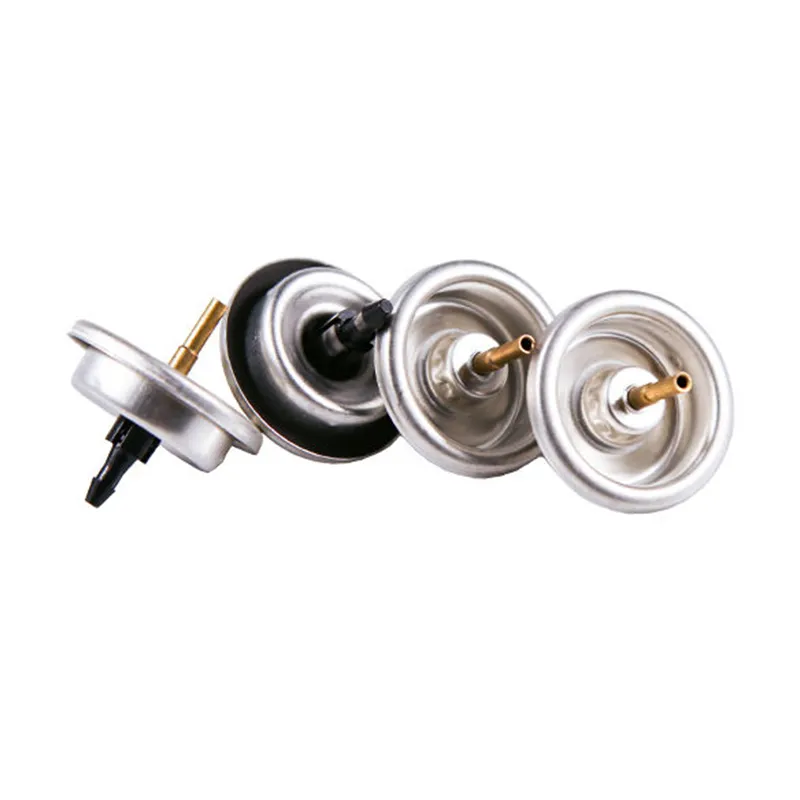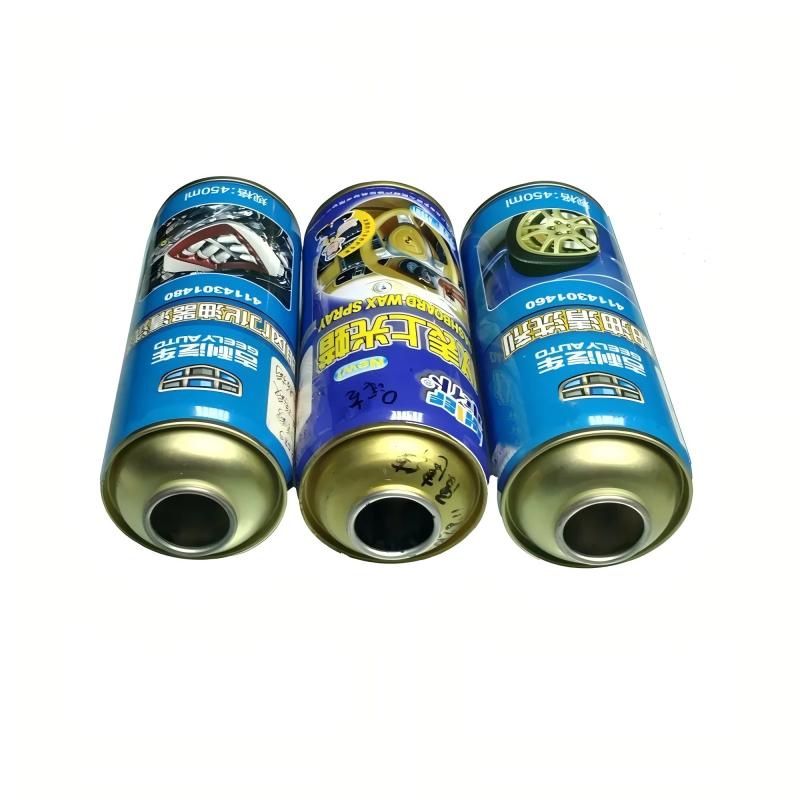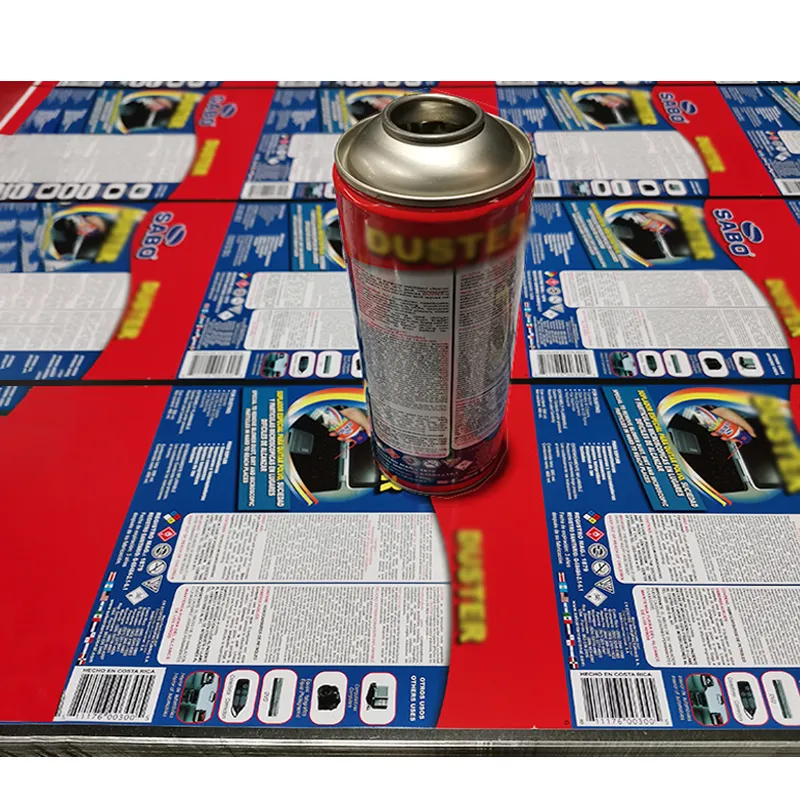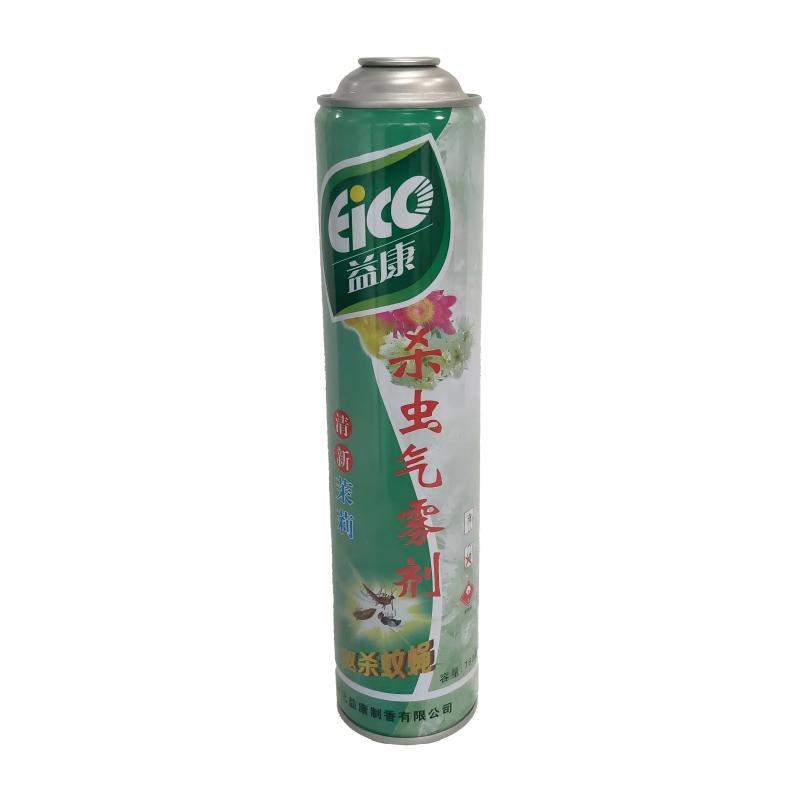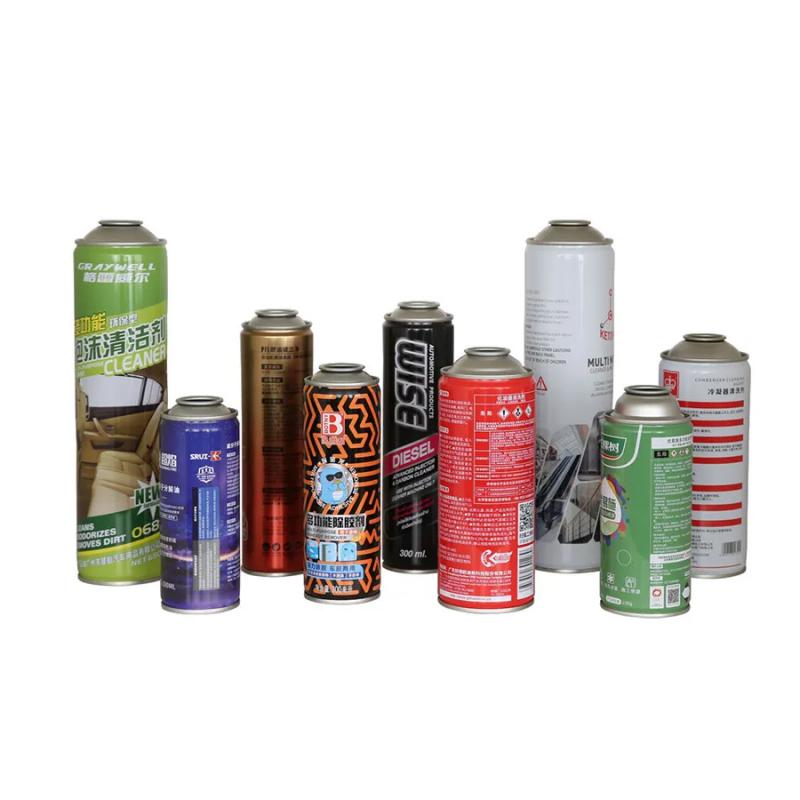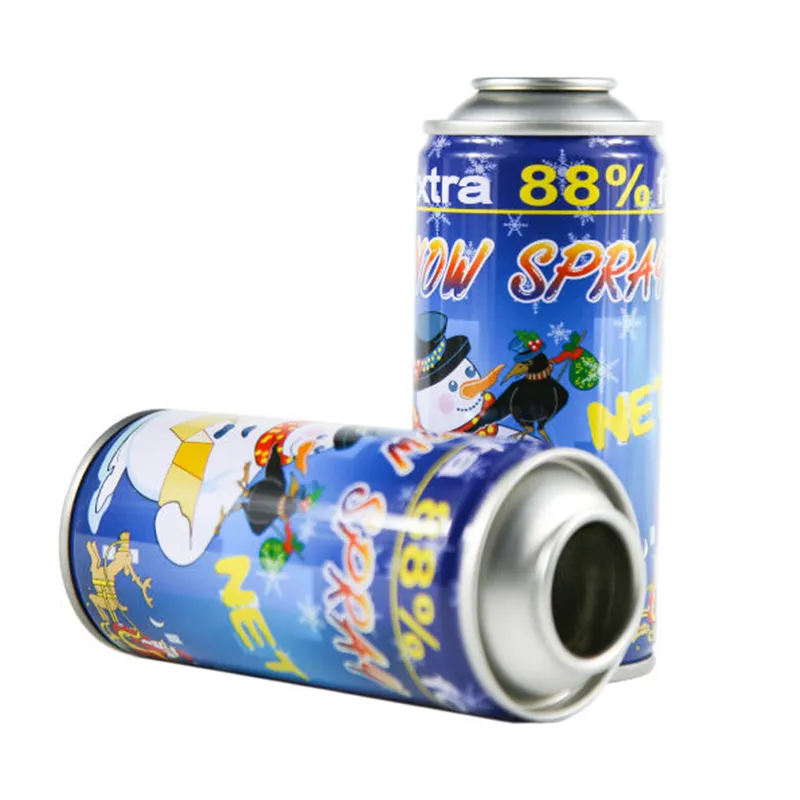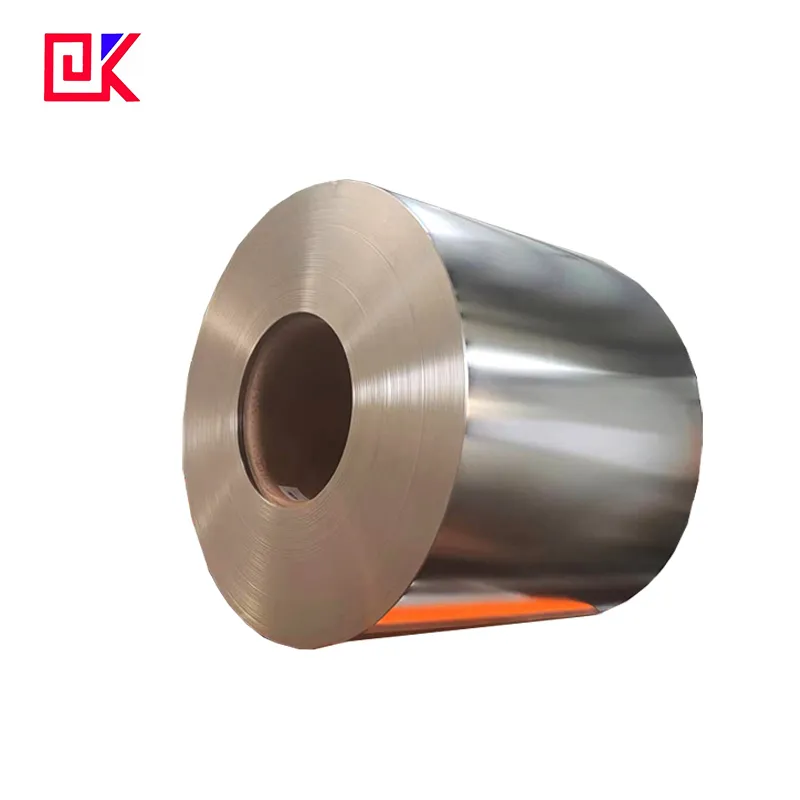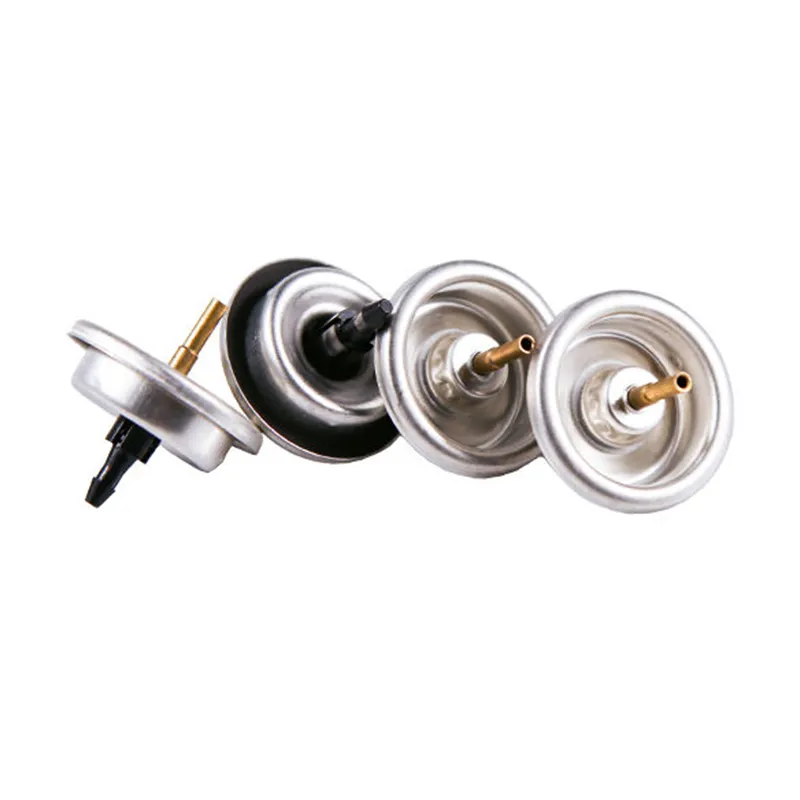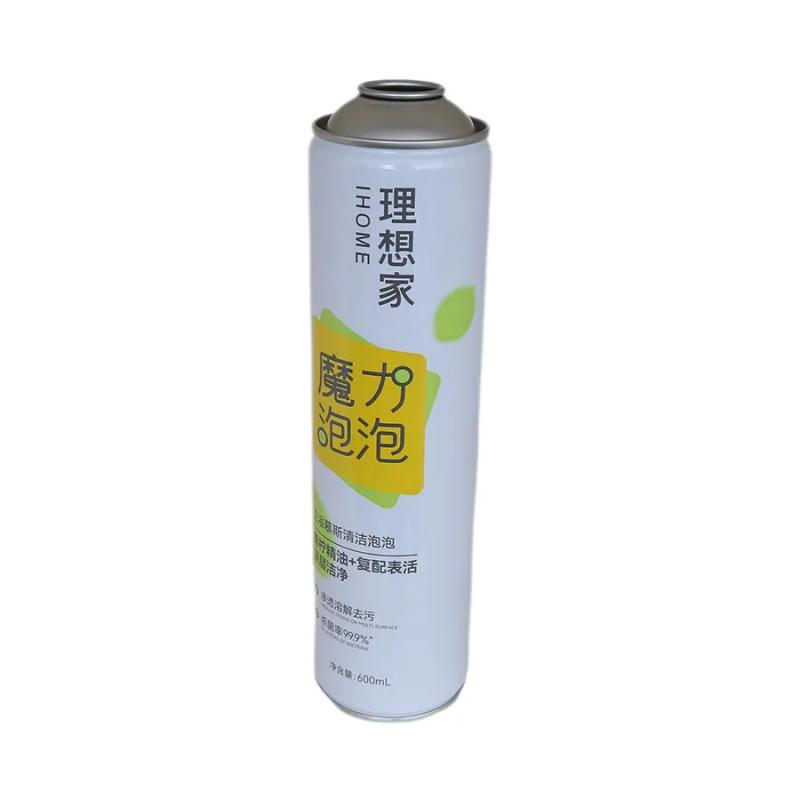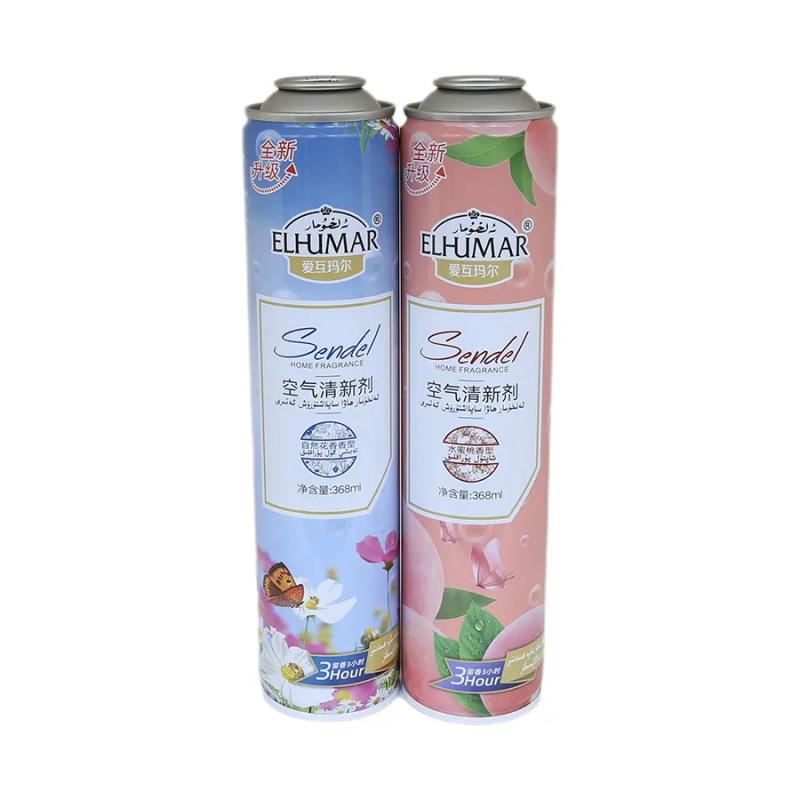08-01/2025
The top and main body of an aerosol can are called:
1. The top structure is called the dome.
2. The transition between the dome and the can body is called the cone.
The central cylindrical structure of the can, commonly known as the main "body," is called the can body. Therefore, a standard aerosol can can be divided into:
· Body
· Cone
· Dome


